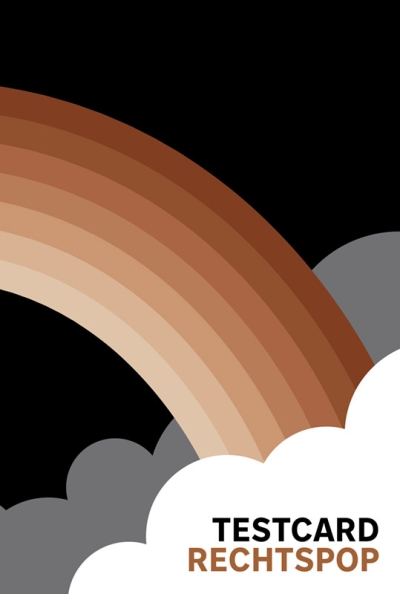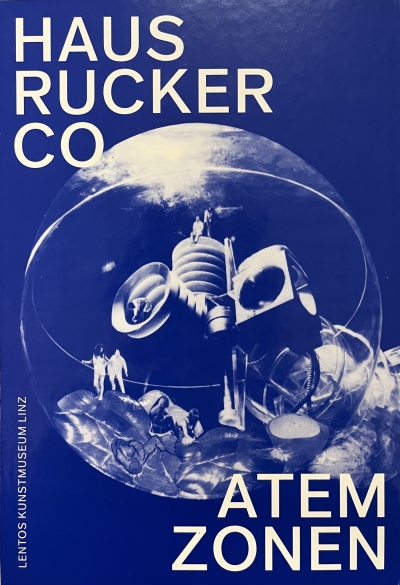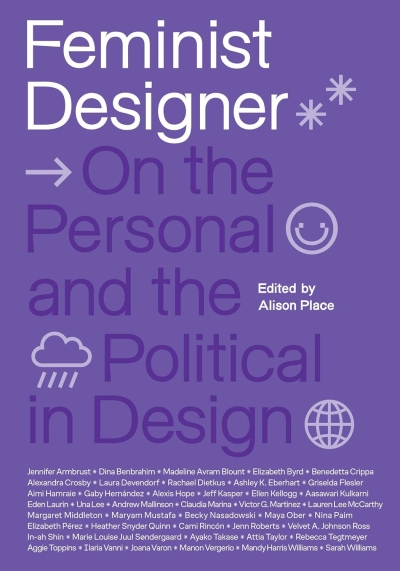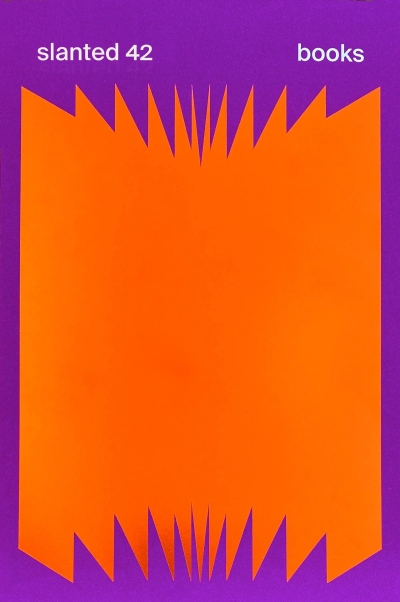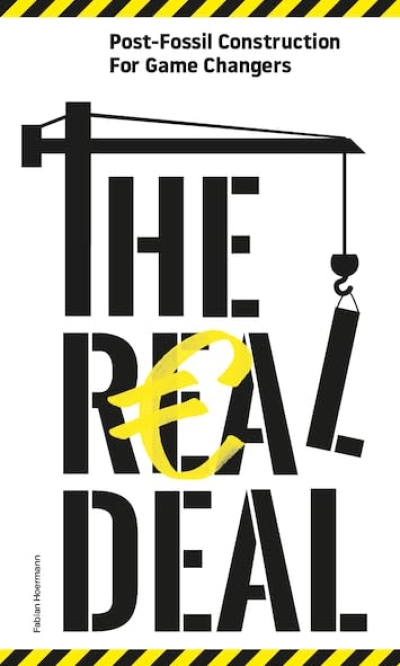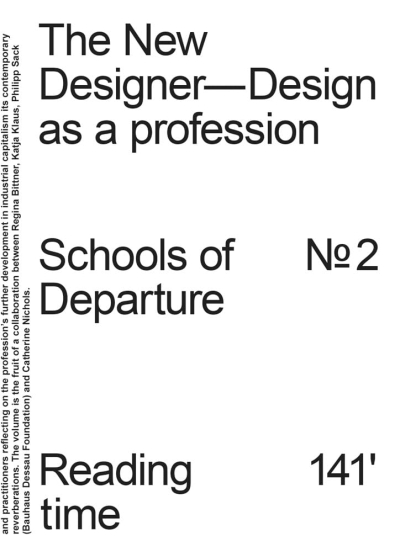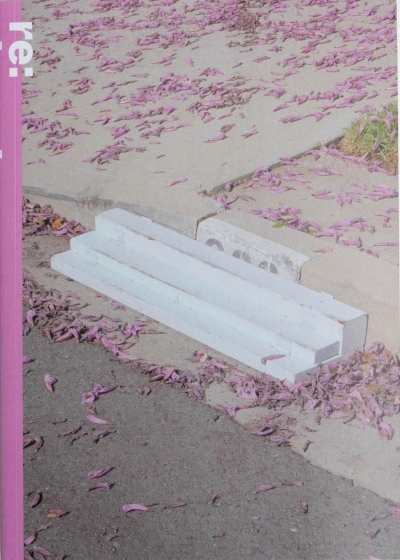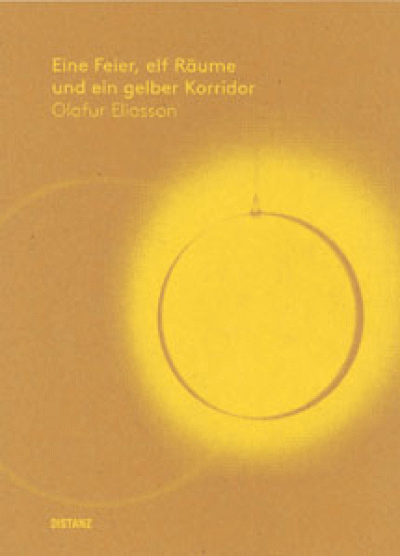
Eine Feier, elf Räume und ein gelber Korridor
„Ich versuche, den Körper in den Geist zu bringen und den Geist in den Körper.“
Olafur Eliasson (geb. 1967 in Kopenhagen, lebt und arbeitet in Berlin und Kopenhagen) ist bildender Künstler; seit 1997 zeigt er seine Werke in von der Kritik gefeierten Ausstellungen in großen Museen in aller Welt. 2003 installierte er The weather project in der Turbinenhalle der Tate Modern in London. Er hat verschiedene Projekte im öffentlichen Raum, darunter Serpentine Gallery Pavilion 2007 in London, The New York City Waterfalls, 2008 und Your rainbow panorama in Aarhus, 2011 ausgeführt. In seinem Atelier, das er 1995 gründete, arbeitet Eliasson mit einem Team von Handwerkern, Architekten, Geometern und Kunsthistorikern zusammen. Als Professor an der Berliner Universität der Künste leitet Olafur Eliasson seit April 2009 das Institut für Raumexperimente, eine innovative Modelleinrichtung in der Künstlerausbildung. Kennzeichnend für Eliassons Praxis ist seine unablässige Erkundung unserer Wahrnehmungs- weisen. Seine Arbeiten, die der Künstler als „Versuchsanordnungen“ beschreibt, umfassen Fotografien, Installationen, Skulpturen, Filme, Großprojekte im öffentlichen Raum und Architektur. Sein Werk schlägt oft eine Brücke zwischen Kunst und Wissenschaft. Unter Einbeziehung der menschlichen Wahrnehmung hat Eliasson Werke mit Kultstatus geschaffen, die den Betrachter auffordern, sich mit seiner Umgebung auseinanderzusetzen, einen Prozess, den der Künstler als „Sich-spüren-sehen“ beschrieben hat.
Olafur Eliasson (b. Copenhagen, 1967; lives and works in Berlin and Copenhagen) is a visual artist whose critically acclaimed solo shows have appeared in major museums around the world since 1997. In 2003, he installed The weather project in the Turbine Hall of Tate Modern, London. He has engaged in several projects in public space, including the Serpentine Gallery Pavilion 2007, London, The New York City Waterfalls, 2008, and Your rainbow panorama, Aarhus, 2011. In his studio, established in 1995, Eliasson works with a team of craftsmen, architects, geometers, and art historians; as a professor at the Berlin University of the Arts, he has run the Institut für Raumexperimente (Institute for Spatial Experiments), an innovative model for art education, since April 2009. Eliasson’s practice is characterised by incessant exploration of our modes of perceiving. His works, described by the artist as “experimental setups,” span photography, installation, sculpture, film, major projects in public space, and architectural works. His work often bridges art and science. Exploring human perception, Eliasson has conceived iconic works that invite the viewer to engage with their surroundings, a process the artist has described as “seeing yourself sensing.”






















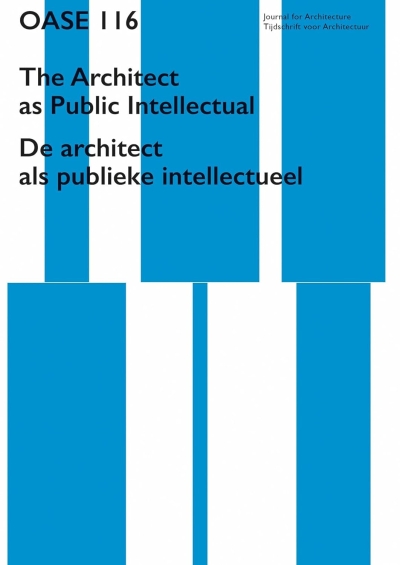









![Attending [to] Futures Cover](/sites/default/files/styles/400/public/media/coverbilder/9667928300001A.jpg?itok=rApLfGZY)





























